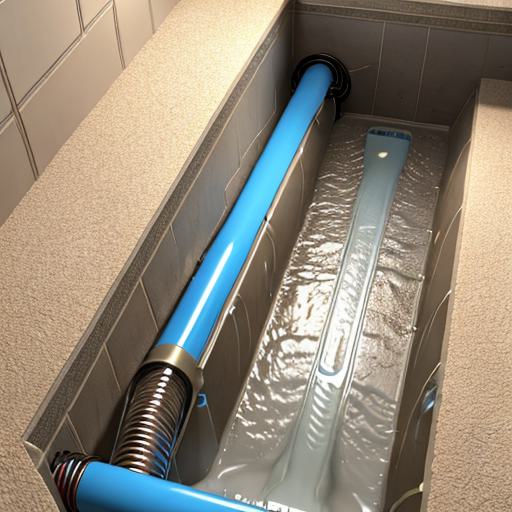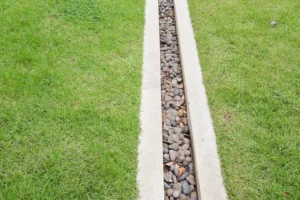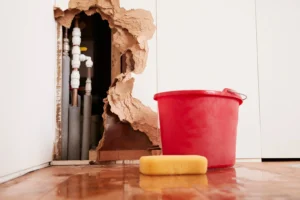A sump pump is usually installed in a crawl space or a basement to prevent water leaks and flooding. It activates automatically once the sump pit accumulates a present water level. Given the nature of how a sump pump works, it should never be designed to discharge into a septic as well as any plumbing that eventually drains into the septic. In this article, we will be discussing some of the reasons why a sump pump shouldn’t drain into a septic and what alternative solutions should be considered.
Where should my sump pump water go?
One of the main reasons why a sump pump drainage shouldn’t be directed into a septic tank or sewerage containment is that these systems are usually saturated during wet weather conditions. Since the septic or sewer already struggles to take in the normal water flow and discharge from the house, adding a sump pump drainage can fill it up quickly causing a disaster. The best way to take care of water discharge from a sump pump is to direct it further away from the house into a designated area such as a rain garden, dry well, or rain barrels.
Sump Pump Discharge ideas
- Create a rain garden

Is your sump pump drain installed correctly?
A rain garden refers to a small depression in your yard that is purposely designed to hold and soak in rainwater temporarily. Water channeled to this area can be used to grow flowers, perennials, and other types of landscaping plants. The best way to come up with this garden is to select a convenient spot preferably near the bottom of a natural slope. It should be located downhill from your sump pump and at least 10 feet from your foundation. Dig a hole 12 inches deep in an area that seems fit and fill it up with water. You will know it is the best spot if the water is gone after 24 hours. From the chosen spot, dig a bowl-shaped hole and make raised banks around it to help prevent water overflow. Connect a PVC pipe that will direct the water from your sump pump discharge line to the rain garden. Once you have identified where to grow your plants, use draining stones to cover the rest of the space.
- Build a dry well
A dry well is made up of a perforated barrel that collects water and disperses it underground at a distant location from your home. You need to dig a hole that is twice as wide and deep enough to fit a dry well barrel. Place crushed stones at the bottom of the well and layer the sides with landscape fabric. Dig a trench that is at least 12 inches deep running from the sump pump discharge line to the dry well and wide enough to fit a PVC pipe. Create a surface drain inlet on top of the dry well cover where you will connect the PVC pipe. It is important to ensure that all ends of the drain line are secured tightly with rubber connectors and clamps. Once everything is all set up, any water coming from the sump pump drainage line will be channeled away from your home through the PVC pipe and into the dry well. Once the dry well receives the water it will disperse it underground through the crushed stones.
- Fill up rain barrels
Rain barrels are made up of large plastic containers and their main purpose is to collect rainwater coming from the roof through the downspouts. Besides rainwater, they can be used to hold water discharge from sump pumps too. Water collected from the rain barrels can be used on the garden, lawn, and indoor plants. Not only do they help you conserve water but also increase your savings on monthly water bills. A great option will be to install a 50-gallon barrel with a valve at the bottom where you can connect a garden hose. The barrel needs to have a hole on top where it connects the discharge pipe coming from the sump pump drain line. Make sure to level the ground where you will place the barrel and elevate it to provide easier access to the spout.
The end of the discharge pipe from your sump pump should be located as far away from your foundation as possible to prevent it from being reabsorbed into the soil. Connecting the sump pump drain to your septic or sewer is not a good idea as it can cause flooding. Furthermore, some states don’t allow it as it is considered pollution. The best way to deal with the excess water from a sump pump is to create a separate drainage area such as a dry well, rain garden, or rain barrels.



